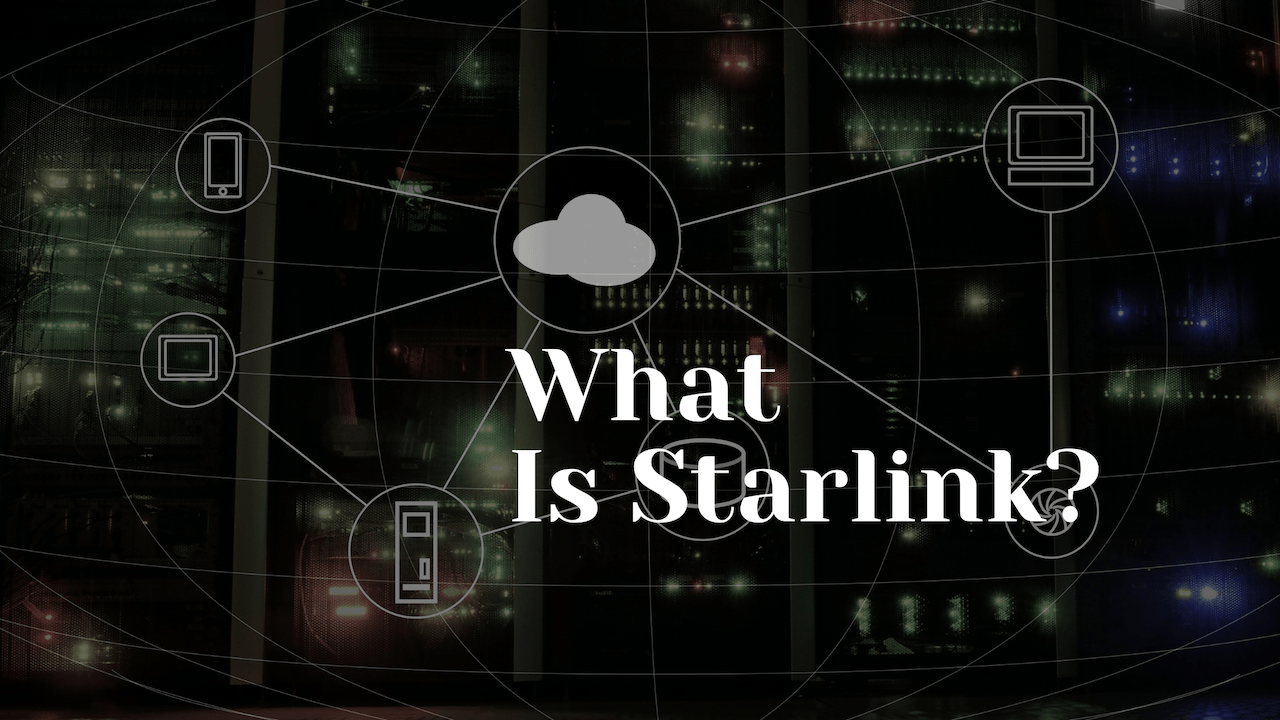1. What is Starlink?
- Starlink is developed by Elon musk company. The primary goal of Starlink is to provide high-speed, low- latency internet access to underserved and remote areas around the world. Traditional internet infrastructure, such as fiber-optic cables, is often expensive and logistically challenging to deploy in rural or isolated regions. Starlink aims to bridge this digital divide by leveraging a network of low Earth orbit (LEO) satellites to deliver internet connectivity directly to users, regardless of their locationBrief Brief Introduction of Starlink
- Starlink was announced by SpaceX in 2015, with the vision of creating a global satellite internet network. The project involves launching thousands of small satellites into LEO, typically at altitudes ranging from 340 km to 1,200 km. These satellites work in conjunction with ground transceivers to provide internet access to users. As of October 2023, SpaceX has launched over 4,000 Starlink satellites, making it the largest satellite constellation in history.
- The system is designed to offer high-speed internet with latency as low as 20 milliseconds, which is comparable to or better than many terrestrial broadband services. Starlink is particularly beneficial for areas where traditional internet services are either unavailable or unreliable, such as rural communities, ships at sea, and remote research stations.
How Starlink Developed ?
- The development of Starlink began in earnest in 2015, when SpaceX filed plans with the Federal Communications Commission (FCC) to deploy a constellation of satellites. The first two prototype satellites, named Tintin A and Tintin B, were launched in February 2018. These initial satellites were used to test the technology and validate the concept of using a large constellation of small satellites for global internet coverage.
- The first operational batch of 60 Starlink satellites was launched in May 2019. Since then, SpaceX has conducted regular launches, often sending up to 60 satellites at a time aboard its Falcon 9 rockets. The company has also been working on improving the design of the satellites, with each new generation being more advanced and capable than the last.
- One of the key innovations of Starlink is the use of phased-array antennas, which allow the satellites to dynamically steer their beams to provide coverage where it is needed most. This technology enables the system to deliver high-speed internet with minimal latency, even as the satellites move rapidly across the sky.
- SpaceX has also developed user terminals, often referred to as “Dishy McFlatface,” which are designed to be easy to set up and use. These terminals automatically align themselves with the satellites, allowing users to connect to the internet with minimal effort.
How to Use Starlink ?
Using Starlink is relatively straightforward. Here’s a step-by-step guide on how to get started:
- Check Availability: First, you need to check if Starlink service is available in your area. This can be done by visiting the Starlink website and entering your address.
- Order the Kit: If service is available, you can order the Starlink kit, which includes a satellite dish, a mounting tripod, a Wi-Fi router, and all necessary cables.
- Set Up the Dish: Once the kit arrives, you’ll need to set up the satellite dish. The dish should be placed in a location with a clear view of the sky, free from obstructions like trees or buildings. it select auto.
- Connect the Router: After the dish is set up, connect it to the Wi-Fi router using the provided cables. The router will broadcast the internet signal to your devices.
- Connect Your Devices: Finally, connect your devices (e.g., smartphones, laptops, smart TVs) to the Wi-Fi network created by the Starlink router. You should now have access to high-speed internet.
What Types of Work Can Be Done with Starlink?
- Starlink’s high-speed, low-latency internet opens up a wide range of possibilities for both personal and professional use. Here are some examples of the types of work that can be done with Starlink:
- Remote Work: Starlink enables people to work from virtually anywhere, including rural areas, RVs, and even boats. This is particularly beneficial for remote workers who need reliable internet access to participate in video conferences, access cloud-based applications, and collaborate with colleagues.
- Education: Starlink can provide high-speed internet to schools in remote areas, enabling students to access online learning resources, participate in virtual classrooms, and engage in distance learning programs.
- Telemedicine: Healthcare providers in remote areas can use Starlink to offer telemedicine services, allowing patients to consult with doctors via video calls.
- Agriculture: Farmers can use Starlink to access real-time data on weather, soil conditions, and crop health. This information can help them make more informed decisions and improve agricultural productivity.
- Disaster Recovery: In the aftermath of natural disasters, traditional communication infrastructure is often damaged or destroyed. Starlink can be rapidly deployed to provide emergency internet access, enabling first responders to coordinate relief efforts and affected communities to stay connected.
- Maritime and Aviation: Starlink is also being used to provide internet access on ships and airplanes, allowing passengers and crew to stay connected even while traveling over oceans or remote areas.
How Starlink Makes Work Easier
- Starlink makes work easier by providing reliable, high-speed internet access in locations where it was previously unavailable or unreliable. Here are some specific ways in which Starlink simplifies work:
- Eliminating Geographic Barriers: With Starlink, people can work from virtually anywhere, eliminating the need to be in a specific location to access high-speed internet. This is particularly beneficial for digital nomads, remote workers, and businesses operating in rural areas.
- Improving Communication: Starlink’s low-latency internet ensures smooth video conferencing and real-time collaboration, making it easier for teams to communicate and work together, regardless of their physical location.
- Enhancing Productivity: Reliable internet access allows workers to access cloud-based tools, share large files, and perform data-intensive tasks without interruptions, leading to increased productivity.
- Supporting Innovation: Starlink’s global coverage and high-speed internet enable researchers, scientists, and entrepreneurs to access information, collaborate with peers, and develop new technologies, even in remote locations.
Uses and Applications of Starlink
Starlink has a wide range of uses and applications across various sectors. Here are some specific examples:
- Residential Internet: Starlink provides high-speed internet to households in rural and remote areas, enabling them to stream videos, play online games, and browse the web without interruptions.
- Business Connectivity: Small and medium-sized businesses in underserved areas can use Starlink to access cloud services, manage online stores, and communicate with customers and suppliers.
- Education and E-Learning: Schools and educational institutions can use Starlink to provide students with access to online courses, digital textbooks, and virtual classrooms.










